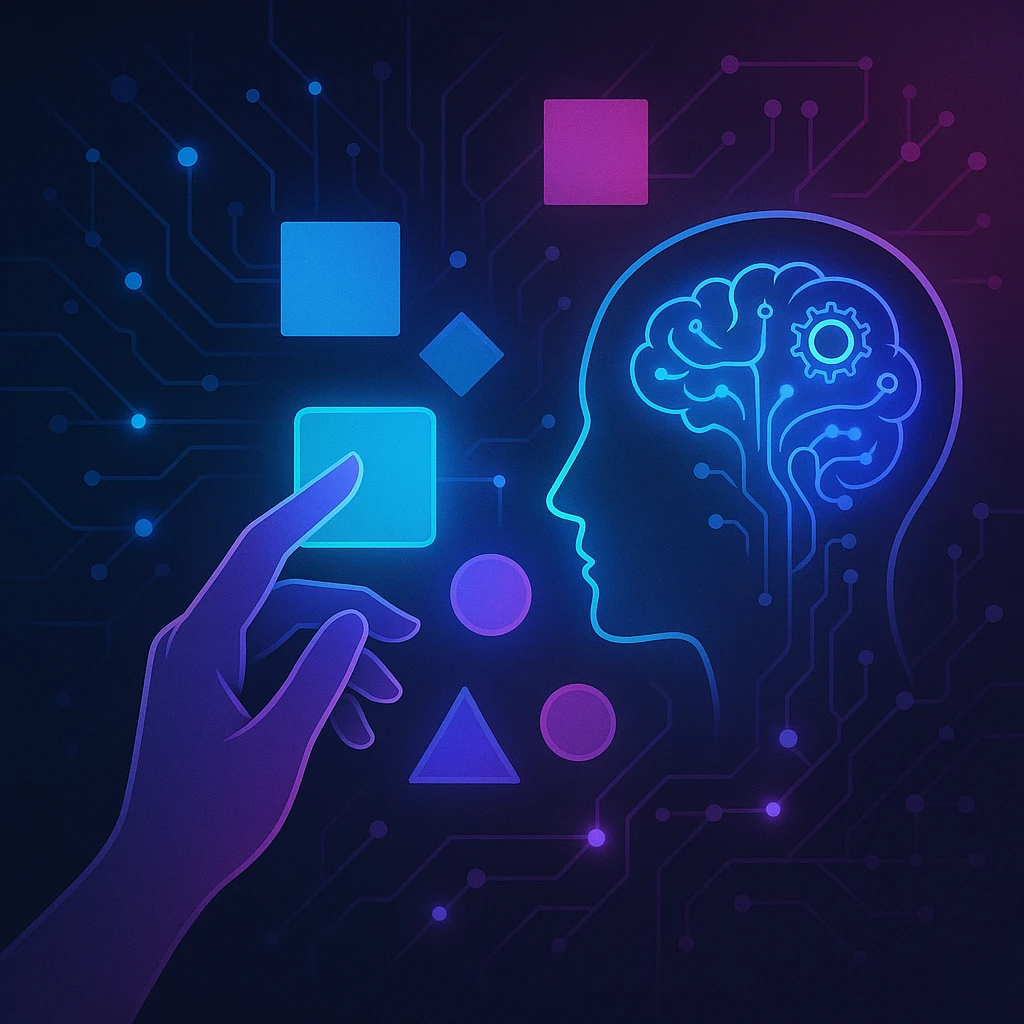
Human–AI Collaboration in Design & Innovation
Collaboration is already transforming workflows across industries. Architects co‑create building facades with generative algorithms that balance aesthetics and structural integrity. Fashion designers use AI to generate fabric patterns and garment silhouettes, then adapt them to current trends. Industrial engineers rely on topology optimisation tools to find lightweight, organic shapes for components. Even musicians jam with generative systems that respond to their improvisations, offering harmonies and rhythms they might not have considered.
These partnerships raise important questions about authorship and ownership. When a design emerges from the interplay of human and algorithm, who is credited? There are also risks of amplifying biases: if training datasets overrepresent certain styles or cultures, AI suggestions may perpetuate those patterns. Transparent documentation, diverse datasets and clear attribution guidelines will be essential as collaborative tools become mainstream. Embracing AI as a partner in creativity offers immense potential—provided we steer these systems thoughtfully and ethically.
Back to articles